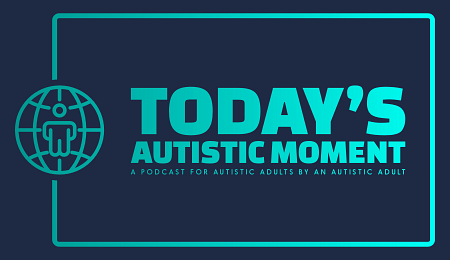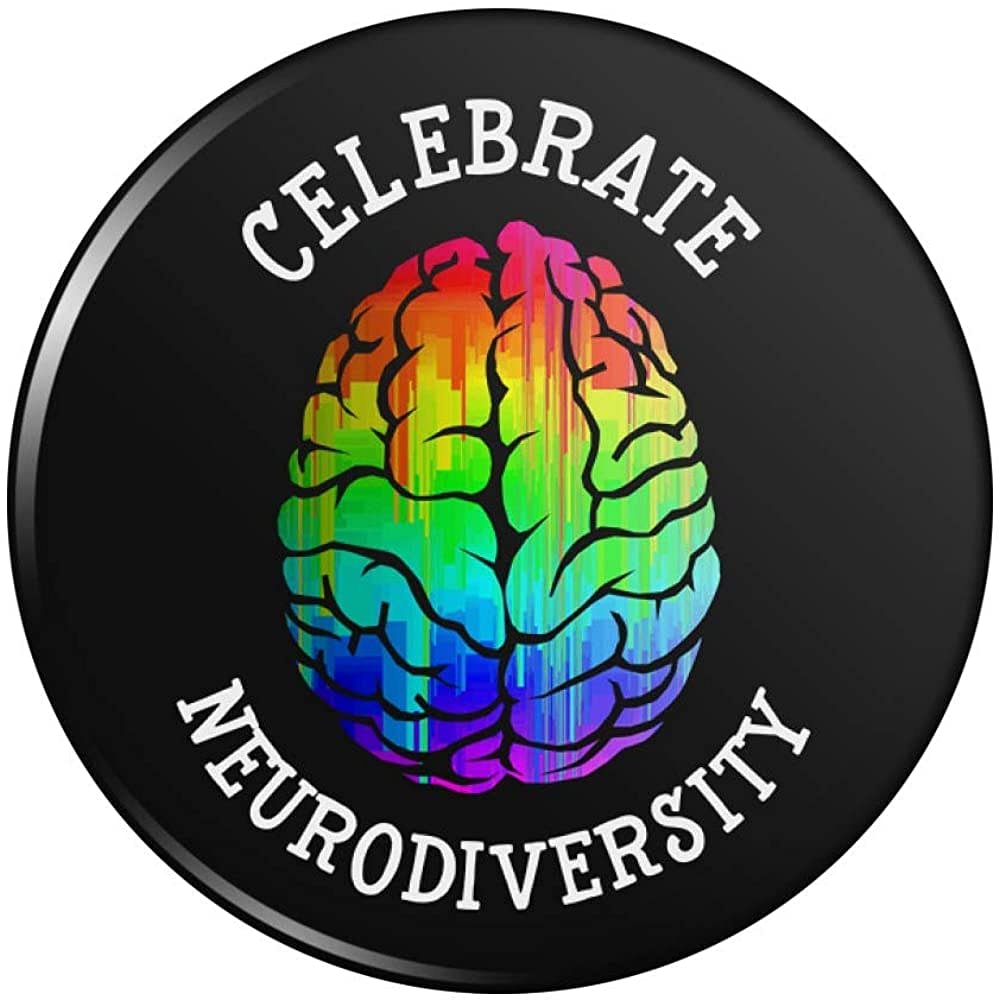I have recently come across individuals who have been misdiagnosed with bi polar disorder. The misdiagnosis is due in large part to psychiatrists relying on the diagnostic criteria for ASD in the DSM-V. In the last few years, Autistics who are fed up with the medical model of Autism Spectrum Disorder have been replacing the word diagnosis with the word identification.
To help me write this blog with a better explanation about the differences between a diagnosis of ASD and Autistic identification, I asked AI ChatGPT to give me some information about the differences. Here is what ChatGPT provided.
The DSM (Diagnostic and Statistical Manual of Mental Disorders) diagnosis of Autism Spectrum Disorder (ASD) and autistic identification refer to related but distinct concepts.
-
DSM Diagnosis of ASD:
- The DSM provides a set of criteria used by clinicians to diagnose mental disorders, including ASD.
- The DSM-5, the latest edition as of my last update, provides specific criteria for diagnosing ASD based on behavioral observations and developmental history.
- Diagnosis of ASD involves assessing a person's behavior across several domains, including social interaction, communication, and repetitive or restrictive behaviors.
- Clinicians use the DSM criteria to determine whether an individual meets the diagnostic threshold for ASD.
-
Autistic Identification:
- Autistic identification often refers to a broader social and cultural process by which individuals self-identify or are identified as autistic based on their experiences and understanding of autism.
- This identification can happen through personal exploration, community involvement, or recognition of shared experiences with Autistic individuals.
- Autistic identification may or may not involve a formal diagnosis according to DSM criteria.
- Some individuals may identify as Autistic without seeking or receiving a clinical diagnosis due to various reasons, including access to healthcare, personal beliefs, or cultural factors.
- Autistic identification encompasses a spectrum of experiences and perspectives within the Autistic community, including those who may not fit the diagnostic criteria for ASD but still identify with Autistic traits or experiences.
In summary, while the DSM diagnosis of ASD provides a standardized framework for clinical assessment and diagnosis, autistic identification is a broader concept that reflects individual and collective experiences of autism within the community. While there can be overlap between the two, they are not synonymous, and an individual may identify as autistic without having a formal diagnosis of ASD, and vice versa.
Now lets see what ChatGPT has to say regarding diagnosis of bi polar disorder.
Bipolar Disorder:
- Bipolar disorder is a mood disorder characterized by alternating episodes of depression and mania or hypomania.
- In depressive episodes, individuals may experience feelings of sadness, hopelessness, and loss of interest or pleasure in activities.
- In manic or hypomanic episodes, individuals may experience elevated mood, increased energy, reduced need for sleep, and impulsive behavior.
- Bipolar disorder can significantly impair daily functioning and may lead to problems in relationships, work, and school.
- The exact cause of bipolar disorder is not fully understood, but it likely involves a combination of genetic, biological, and environmental factors.
- Treatment for bipolar disorder often involves mood stabilizers, antipsychotic medications, psychotherapy, and lifestyle changes to manage symptoms and prevent relapses.
What tipped me off that one of the people I spoke with is most likely Autistic but does not have bi polar disorder is that he commented that his social battery was warn out. While that can occur for people with bi polar disorder, a low social battery is more likely to be an indication of Autistic burnout because of masking. An Autistic whose social battery is on empty simply cannot socialize until they have spent some time letting the battery recharge. Another word that might work better than the words social battery is dysregulation. When one is dysregulated it can mean burnout. It can also mean that one needs time doing things like stimming and fidgeting. One way that Autistics can regulate themselves is by focusing on their special interests. Some Autistics can also be burned out if they are in need of sensory stimulation that they are not receiving. If this is the case, some Autistics might seek to go rock climbing or laying flat on a hardwood floor.
There is also one more point that needs to be brought up. A misdiagnosis of bi polar disorder tends to also mean that an individual who is really Autistic is prescribed drugs to treat bio polar depression. These drugs often do a lot of harm physically and mentally to Autistics who were misdiagnosed with bi polar disorder. I have heard from many Autistic women, men and nonbinary people who have been misdiagnosed and put on medications that turn out to be very harmful. The affects are devastating to an Autistic's life.
In the end, all of this helps explain why Autistic identification is imperative. When we learn to view being Autistic through the lens of Neurodiversity, we will move from thinking that Autism is a disorder to social inclusion and relationships that are more authentic. Socially speaking bi polar disorder is also part of the family of Neurodiversity because of how those who have it process information and how they relate to others. I will leave that explanation to others who understand bi polar disorder better than I do.
If you have been diagnosed with bi polar disorder, yet something still does not seem to be working out, consider seeking out a therapist who can do an evaluation so that you can get diagnosed with ASD, and/or work on doing your own diagnosis as being identified as Autistic. It can make a huge difference and you will have a better understanding of yourself.


